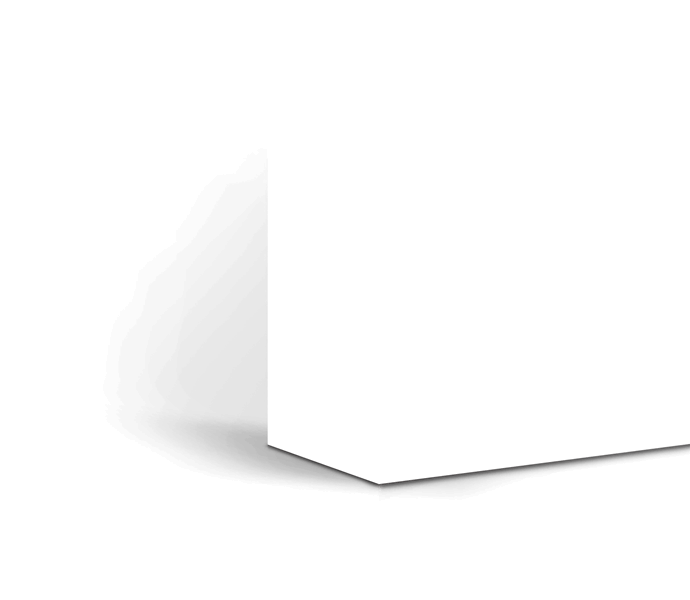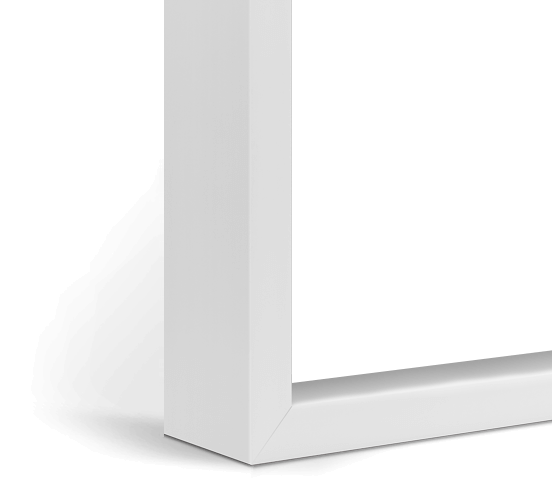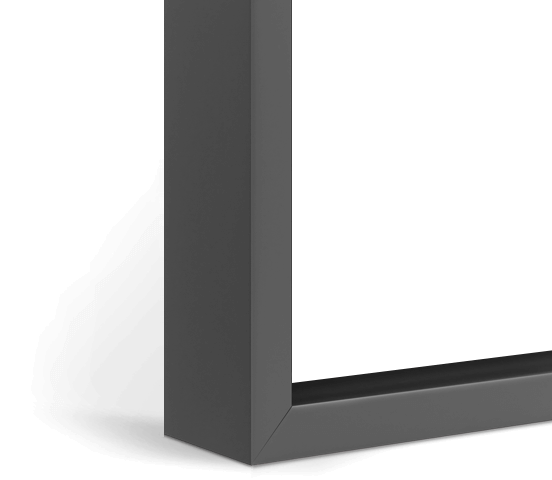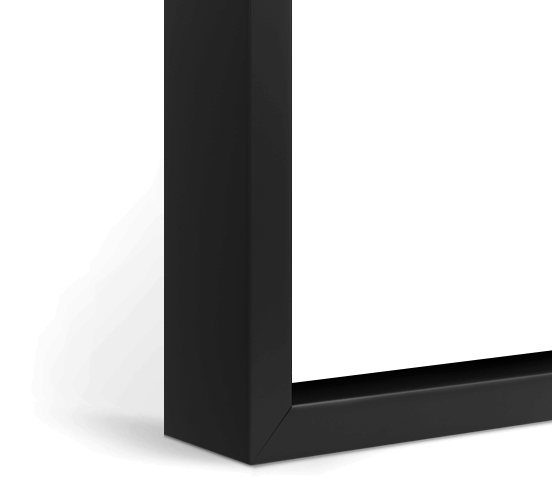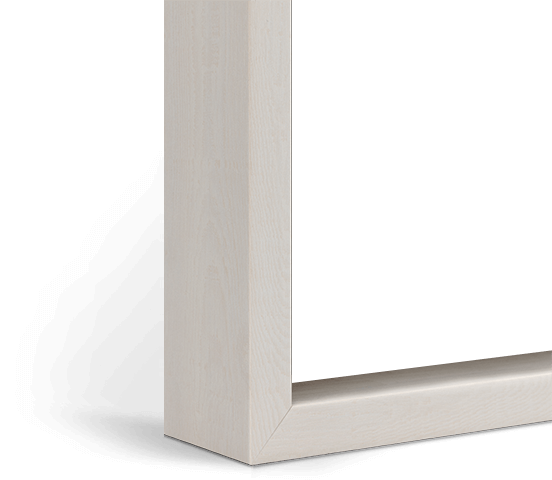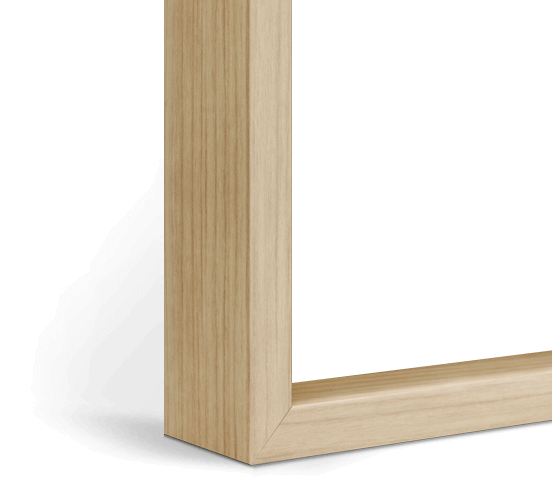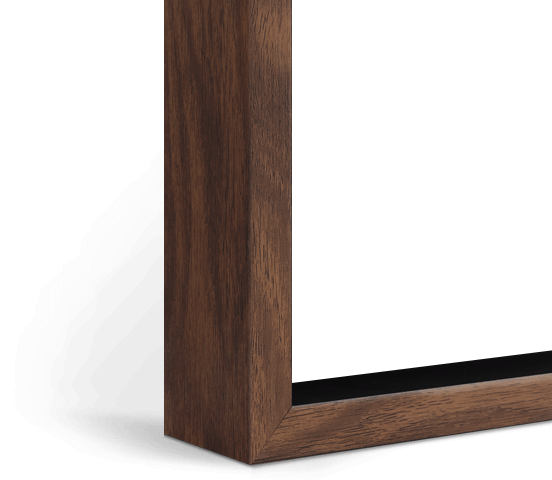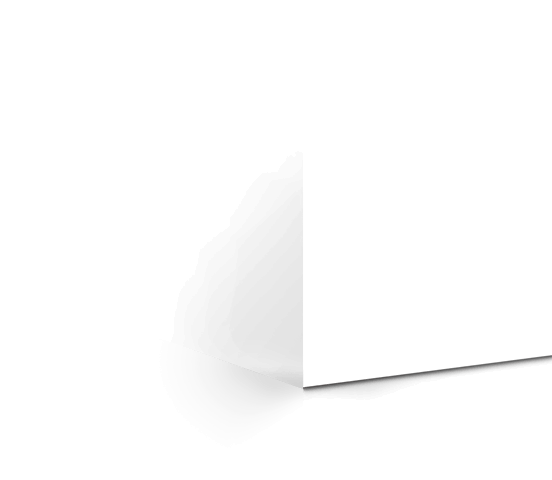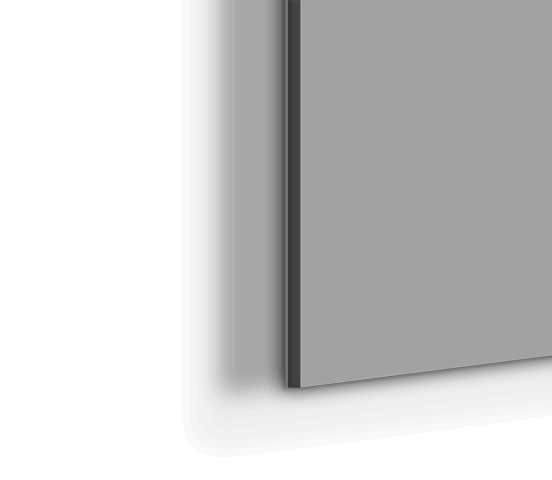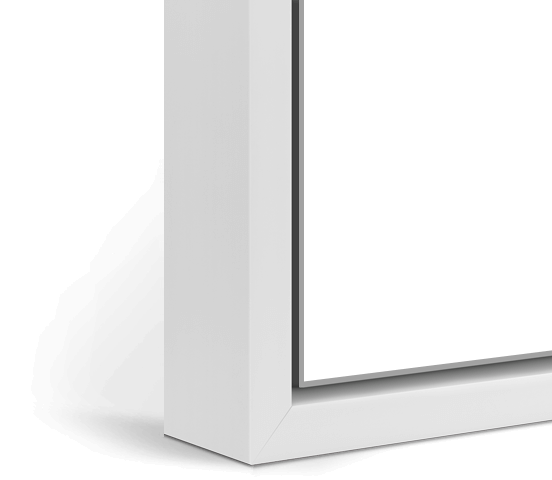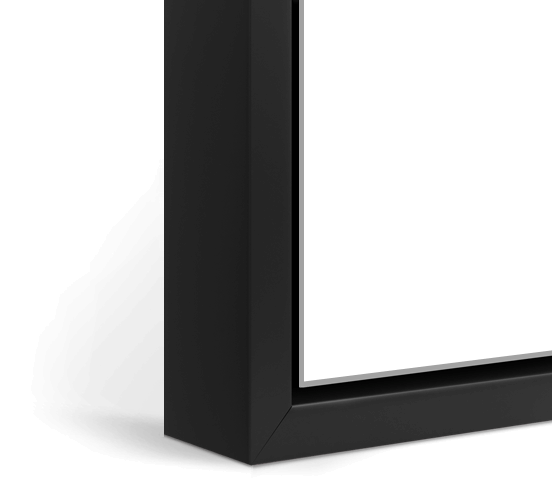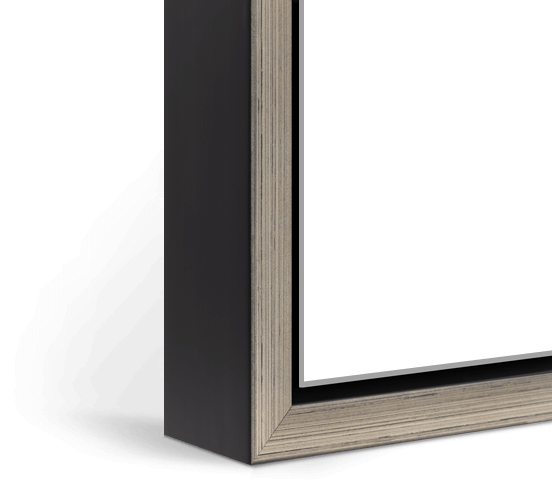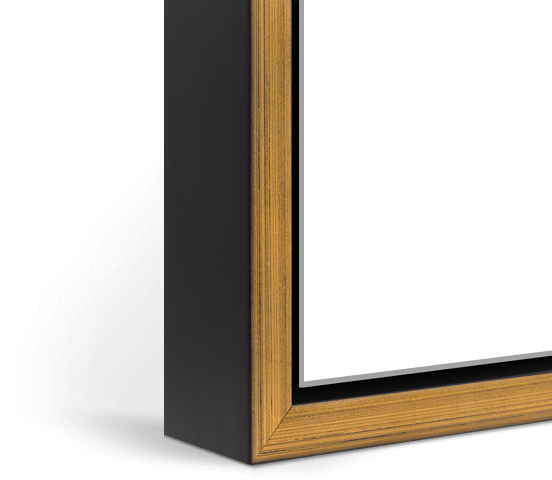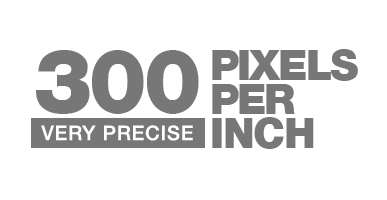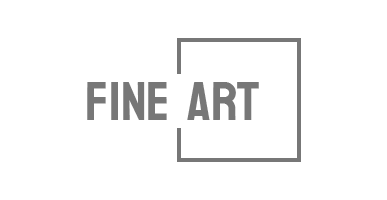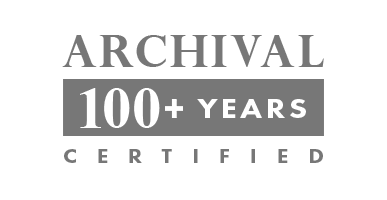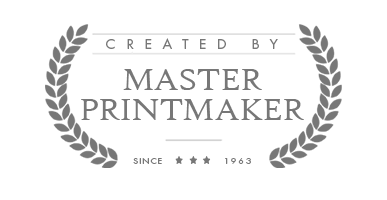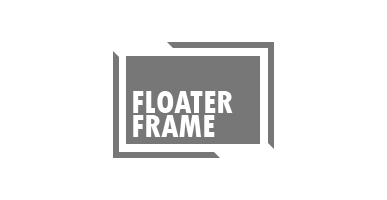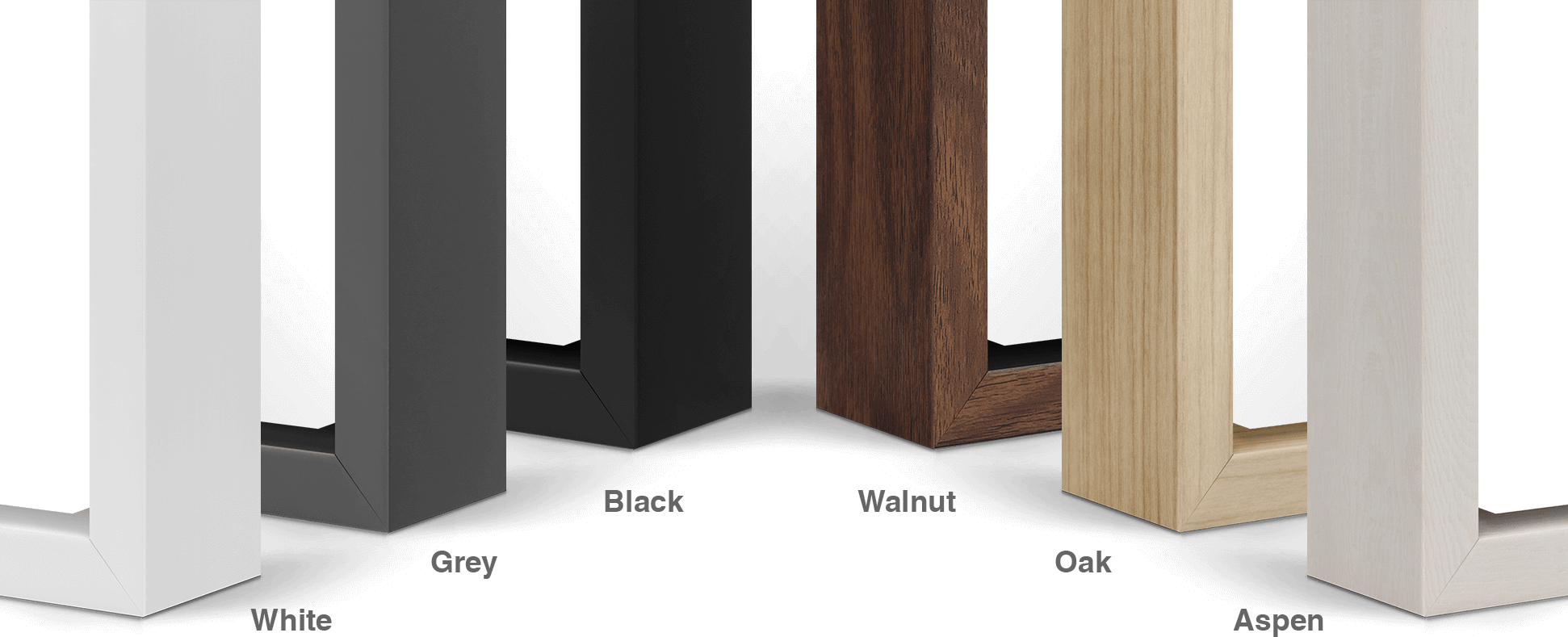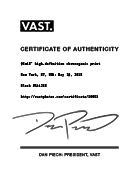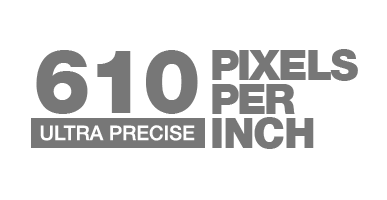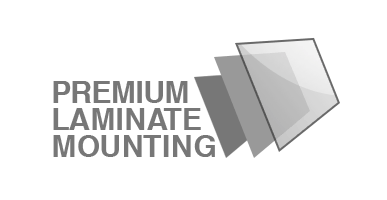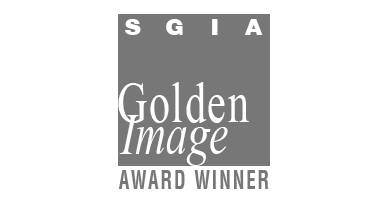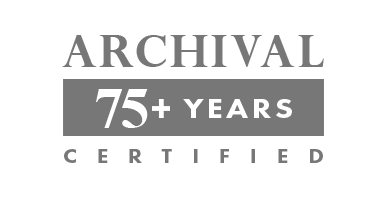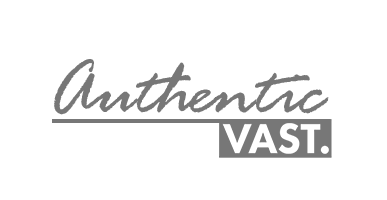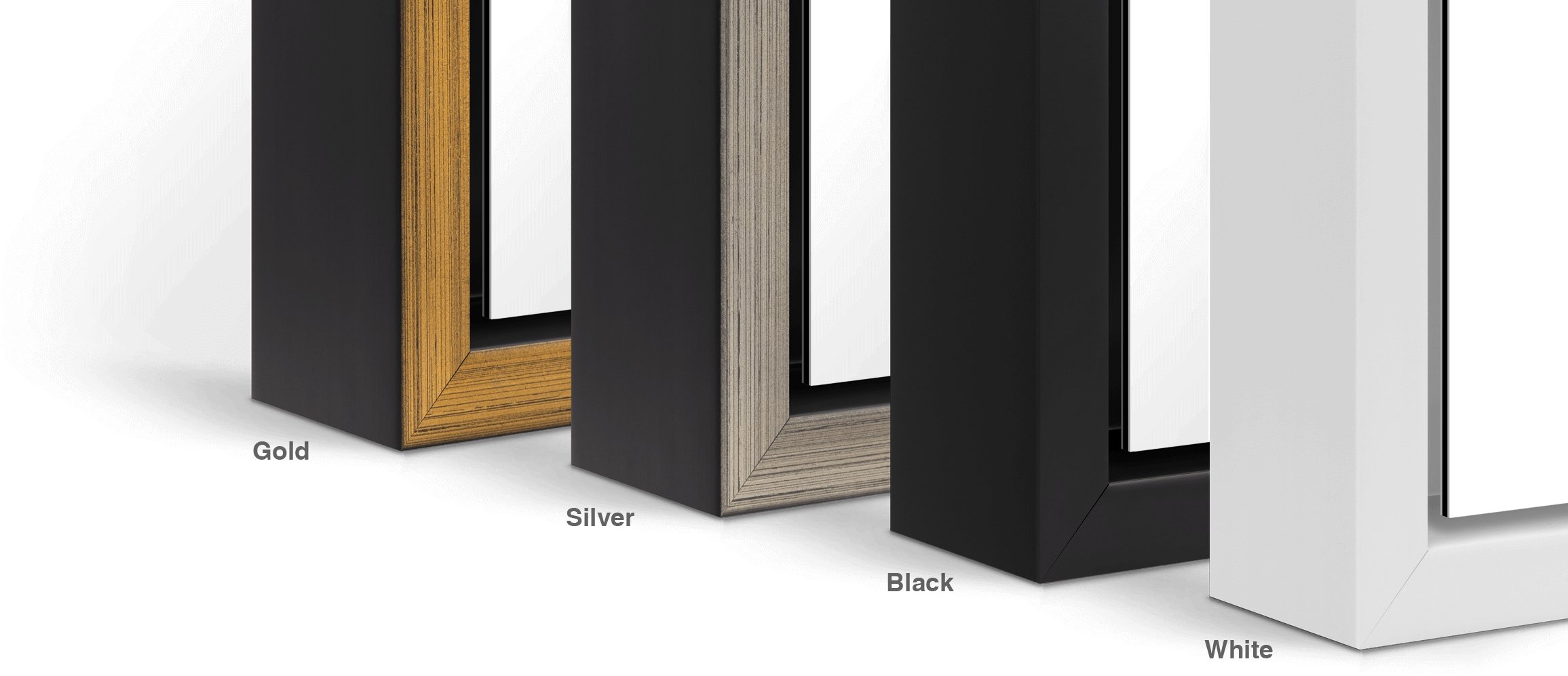
This photo is 700% higher resolution than a typical photo.
Scroll to learn more.
This
168 MEGAPIXEL
VAST photo is
PERFECTLY SHARP
even at very large print sizes.
FREE SHIPPING FOR LIMITED TIME

This photo is 700% higher resolution than a typical photo.
Scroll to learn more.
This photo is
700% higher resolution
than a typical photo.
Scroll to learn more.
168 MEGAPIXEL VAST PHOTO
Cherohala Skyway, Tennessee
The solar eclipse of August 21, 2017, was named the "Great American Eclipse" by the people because it was a total solar eclipse that crossed the Continental United States from the Pacific coast to the Atlantic coast. And it was visible only in the United States on land. It was the first total solar eclipse in the Continental U.S. in 38 years. the last one occurred in 1979 but it was visible from just five states.
The event's shadow touched land on the Oregon coast with the total eclipse beginning there at 5:16 p.m. UTC and left the land along the South Carolina coast at about 6:44 p.m. UTC.
The main event of the total solar eclipse is when the moon completely covers the sun. This only lasted around 2.5 minutes in the 2017 solar eclipse. I traveled 13 hours by car with a friend of mine and spent a year planning/preparing for something that lasted only 2.5 minutes.
We agreed that, for us, the best place to photograph this event was Cherohala Skyway which is a 43-mile National Scenic Byway that connects Tellico Plains, Tennessee to Robbinsville, North Carolina. We arrived at our hotel the day before the event and went out right away to determine where exactly we should be to get the best possible photos. You have so many options when it comes to this kind of event. You can take a wide-angle shot to include some scenery, mountains, nature, etc. But I decided to focus on the stars of the show, the sun, and the moon. It is a spectacular show and since it was my first total solar eclipse, I wanted to photograph the diamond ring effect, Baily's beads, and the sun`s corona perfectly.
On the morning of August 21st, we went to our spot which was a parking area towards the middle of the 43 miles skyway. People were already started to come in and prepare their equipment, telescopes, cameras, etc. I had my Nikon D810 at that time and Nikon 200-500mm lens. You need special filters to prevent your camera sensor from burning since you point your camera directly at the sun. UV filters, ND filters are useless. I set up all my equipment and waited for the show.
The partial eclipse started at 01:39 pm when the moon touched the edge of the sun. From there, I had more than an hour to be ready and check my camera, check my settings, check everything again and again until 03:03 pm. It is an extremely stressful situation because you have 2.5minutes to shoot as much as you can. You can miss your focus, you can miss camera settings, you can miss your composition because while you are shooting, the sun and the moon are also moving away very fast towards out of the frame. If you miss one thing, year-long preparation, 13 hours drive and hours and hours of wait will be for nothing and you will have to wait years to get the same chance.
I adjusted my focus, I adjusted my camera settings manually because I didn`t want the camera to decide to change something in the middle of the eclipse. Also, I needed to do bracketing to be able to capture every detail. My camera settings were: 1/320s - f/8.0 - ISO200 at 480mm... The moment the total solar eclipse started, I started pressing the remote shutter release of my camera continusly. Taking bracketed shots, each bracket had 9 shots. Closely observing my viewfinder to make sure the sun and the moon stayed in my frame, I was able to take 4 bracketed photos, a total of 36 shots in 2 minutes. When the total eclipse passed, everybody was cheering and applauding with excitement. I checked the shots I took and they looked perfect. I sighed in such relief.
| Date & Time | August 21, 2017: 3:03pm |
| Location | Cherohala Skyway, Tennessee |
| Coordinates | 35.347282, -84.056031 |
| Focal Length | 480mm |
| Aperture | f/8 |
| Shutter | 0.8sec |
| ISO | 200 |
| Num of Exposures | 25 |
VAST photos are the highest resolution photos ever made.
Learn more
Its resolution is 700% greater than a typical photo. Click on the boxes below to zoom in.
Our ready-to-hang canvas prints are created using a specialty printer that carefully lays pigment inks down onto archival-quality fine art canvas material. The canvas is then stretched around a 1.5-inch-deep wood support structure to provide depth and elegance. Our canvas material has a delightfully matte finish that looks spectacular in any lighting conditions while retaining maximum vibrancy and contrast. Click here to learn more.
Produced using a specialty, large-format fine art printer operating at 300ppi resolution—the gold standard for sharpness
Printed onto heavyweight, 100% acid-free fine art canvas to preserve color-accuracy and longevity
Created using materials and methods that exceed the rigorous technical standards required to achieve the prized "giclée" industry rating
Designed to meet the most demanding standards for color-permanence set by leading museums
Handmade by award-winning master printmakers with over 4 decades of experience
Optionally accompanied by your choice of elegant floater frame available in a variety of trims
A VAST Print™ represents the pinnacle of the photographic medium. Each print is a true photograph created specifically for you using light-sensitive paper exposed in a darkroom with the industry's highest precision exposure technique. Your print is then sealed with a shine-enhancing protective glossy coating*, adhered to a sturdy aluminum composite backing, and finished in one of two ready-to-hang formats:
*Note: a non-glossy, satin matte coating is alternatively available on request.
Laser-exposed at a truly unprecedented 610ppi resolution
Created using fine art paper with a specialty emulsion enabling unsurpassed micro-contrast, ultra-bright whites, and deep blacks
Printed with a chromogenic process that produces "continuous tones" of silky smooth color (other printers use noticeable dots of ink)
Sealed between an extra-thick, shine-enhancing protective coating and a sturdy aluminum composite backing for a sleek look
Award-winning product quality recognized industry-wide
Designed to meet the most demanding standards for color-permanence set by leading museums
Handmade by certified master printmakers with over 4 decades of experience
Hand-signed by the artist and accompanied by our digitally-enhanced, holographic certificate of authenticity
Optionally accompanied by your choice of elegant floater frame available in a variety of trims
Due to their record-setting resolutions, VAST photos are the most versatile images ever created, with the quality necessary to look great at any size and in any project. Purchasing one of our standard royalty-free licenses provides you with the digital file at your choice of resolution and a permit to use it for most types of projects. Click here to learn more.
For a premium license that gives exclusivity, glass-related use in North America, or use in merchandise for sale, contact us.
| Width | 30,000 px |
| Height | 5,586 px |
| Aspect Ratio | 5.37 : 1 |
| Date & Time | August 21, 2017: 3:03pm |
| Location | Cherohala Skyway, Tennessee |
| Coordinates | 35.347282, -84.056031 |
| Focal Length | 480mm |
| Aperture | f/8 |
| Shutter | 0.8sec |
| ISO | 200 |
| Num of Exposures | 25 |
Here are some rough guidelines for this specific photo:
